Picture this: you’ve done your homework, read all the training guides, and you’re feeling confident about welcoming your new four-legged family member. Then reality hits like a thunderbolt. Your adorable pup looks at you with those sweet eyes and completely ignores every command you’ve so carefully practiced. Welcome to the world of stubborn dog breeds, where patience isn’t just a virtue – it’s a survival skill.
These magnificently headstrong companions aren’t trying to drive you crazy on purpose. Their lack of trainability rarely stems from a lack of intelligence. Instead, these breeds were crafted by generations of selective breeding to think independently, make their own decisions, and sometimes flat-out refuse to do what doesn’t make sense to them. But here’s the beautiful truth: with the right approach, even the most stubborn pup can become your most loyal and well-behaved companion.
Afghan Hound: The Aristocratic Free Spirit
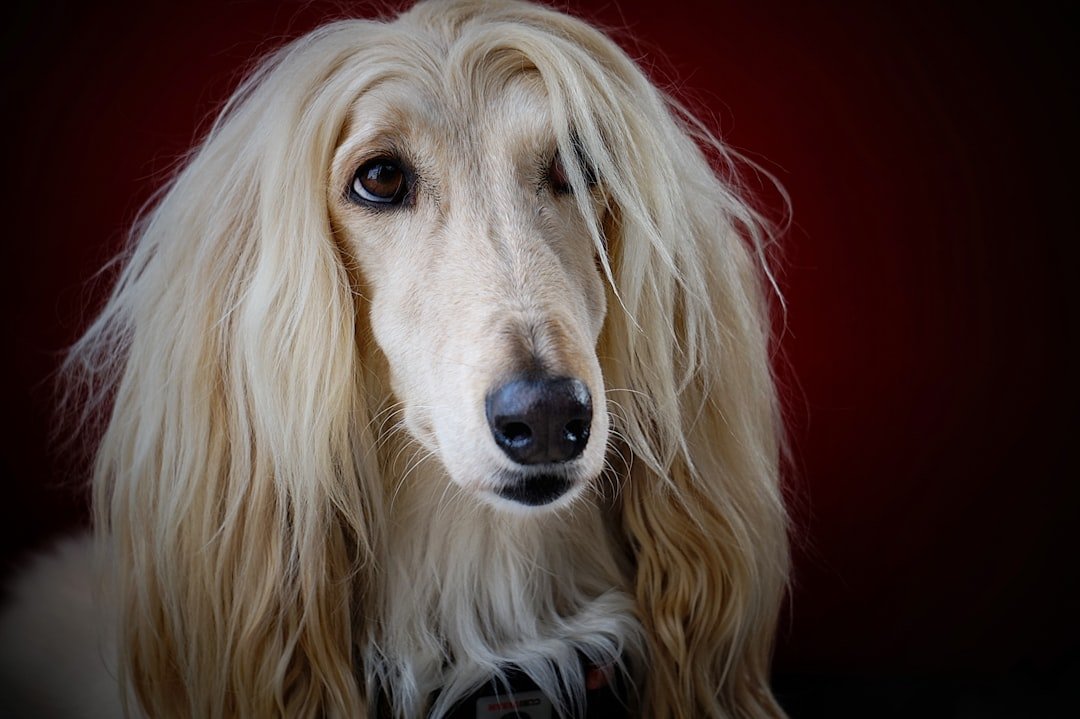
Afghan hounds are dignified and sophisticated with a noble heart, yet they’re renowned for having a will of their own and being individualistic to the point of stubbornness. These elegant sighthounds were bred to hunt independently across the rugged terrain of Afghanistan, which means they’re hardwired to make their own decisions.
Their aloofness and difficulty maintaining focus makes training exceptionally challenging. Their high prey drive is extremely difficult to train out of them, and combined with their lightning-fast speed, you’ll need more than an assertive voice to control them. Yet beneath that independent exterior lies a deeply intelligent and sensitive soul who simply needs an owner who understands their unique nature.
Siberian Husky: The Escape Artist
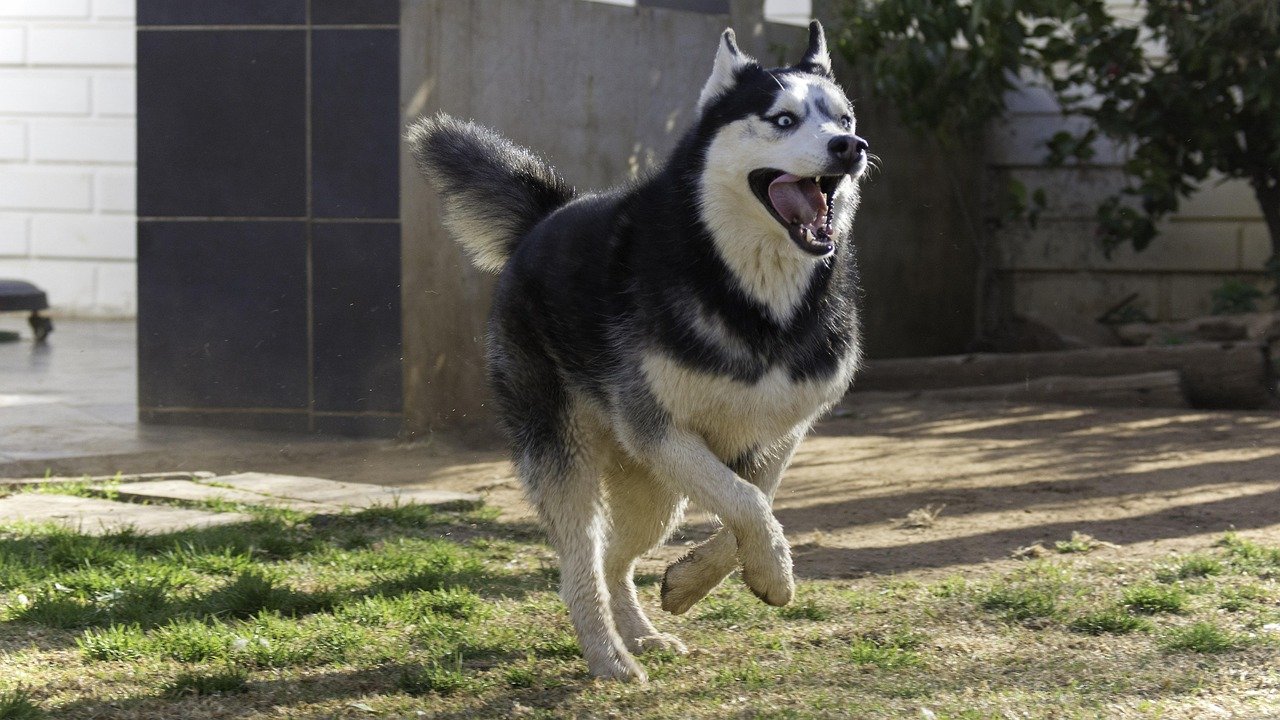
Don’t let those derpy faces fool you – huskies are full of mischief and are not for inexperienced pet parents. Originally bred to run for miles in frozen tundra, they were bred to be independent to ensure they would ignore commands if terrain was unsafe, but this independence means they have a stubborn streak when it comes to listening to commands.
Their gorgeous appearance and high energy levels mean they need dedicated training, and this breed will act out if they get bored. They’re also skilled escape artists with trouble controlling their prey drive around small animals. Think of training a husky like negotiating with a brilliant teenager who always thinks they know better – because they often do!
Chinese Shar-Pei: The Wrinkled Warrior
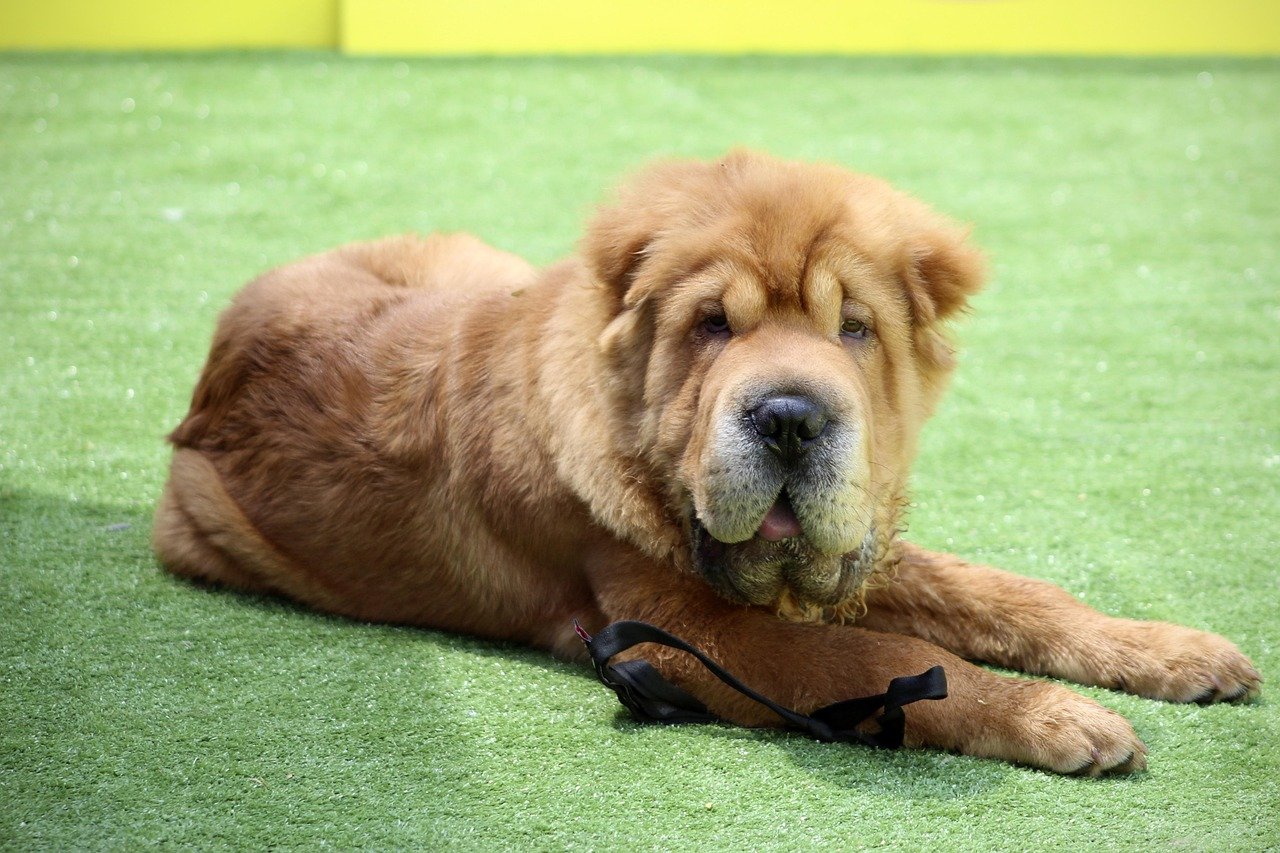
Shar-Peis are smart and devoted dogs, but their independent thinking and love of doing things at their own pace can make training a constant battle, and they will take on a dominant role if given the opportunity. They’re protective by nature, and in the care of an ill-equipped owner, they can become too overprotective and act aggressively toward strangers.
They need a determined owner who has experience dealing with strong-willed pups or is dedicated to learning how to train and socialize them. Those adorable wrinkles hide a dog with serious opinions about how things should be done. Start training early and be consistent – this breed respects strength and leadership but will walk all over wishy-washy owners.
Chow Chow: The Aloof Guardian
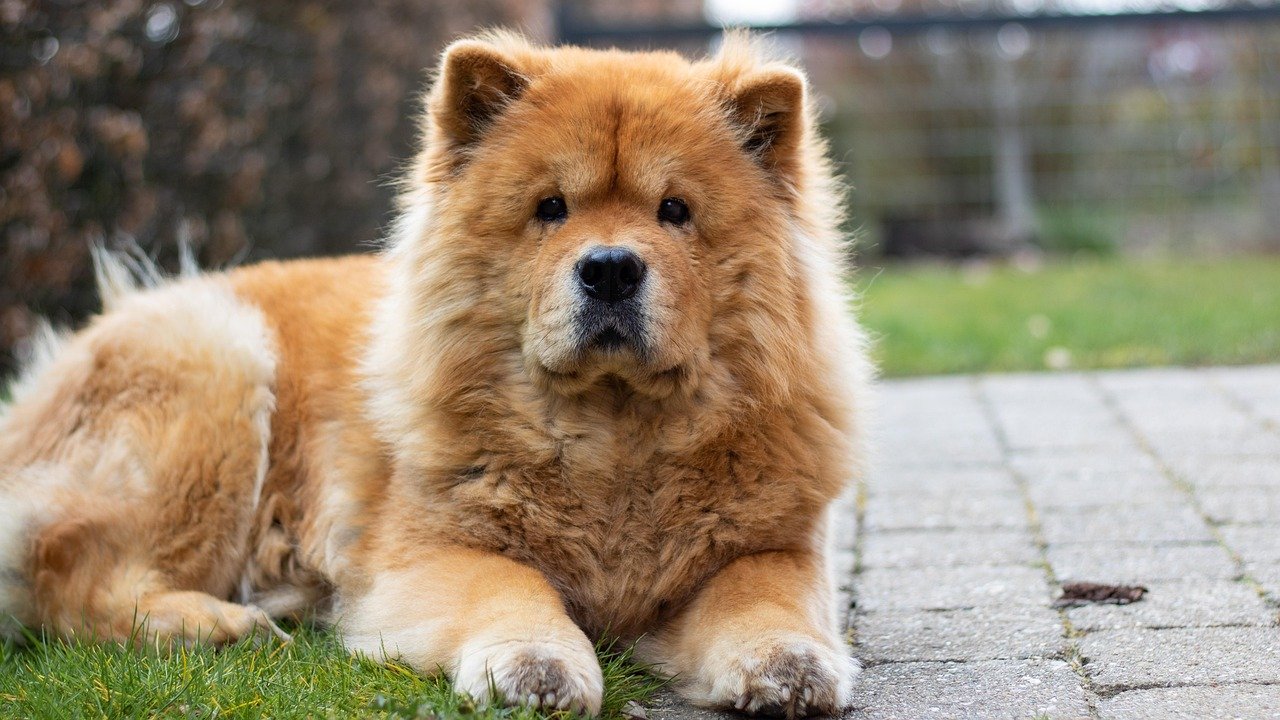
Chows are unique among dogs with their trademark blue tongue, teddy bear appearance, and scowl, and they’re known for their aloofness and independence, being less eager to please than many other breeds. They have a reputation for being strong-willed and aloof, can be wary of strangers, and require extensive socialization, with early socialization and obedience training being crucial.
These fluffy teddy bears might look cuddly, but they have the attitude of a grumpy librarian who doesn’t appreciate noise or nonsense. They’re incredibly loyal to their families but need an owner who can establish clear boundaries from day one. Think of them as cats in dog suits – they’ll love you on their terms, not yours.
Basenji: The Barkless Rebel
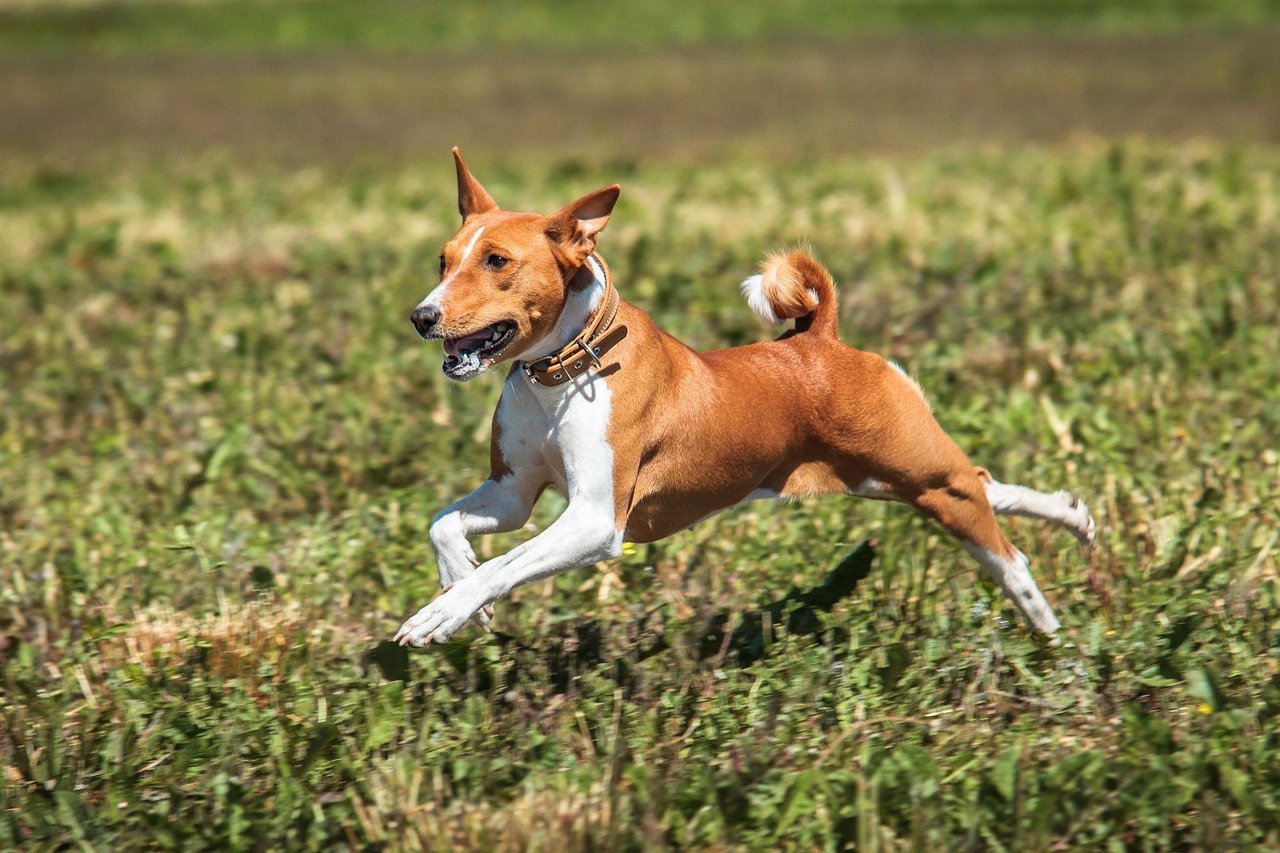
Basenjis are known for their cat-like personalities, being both independent and intelligent, and this breed is notoriously difficult to train due to their stubborn nature, being curious and easily bored. They’re intelligent and curious dogs but possess a strong sense of independence, and this independent streak combined with their natural stubborn trait can make training a challenge.
These remarkable dogs don’t bark, but don’t mistake their quiet nature for obedience. They communicate through yodels, whines, and an impressive array of facial expressions that clearly say “I heard you, but I’m choosing to ignore you.” Training a Basenji requires creativity, patience, and a sense of humor about being outsmarted by a twenty-pound dog.
Jack Russell Terrier: The Tiny Tornado
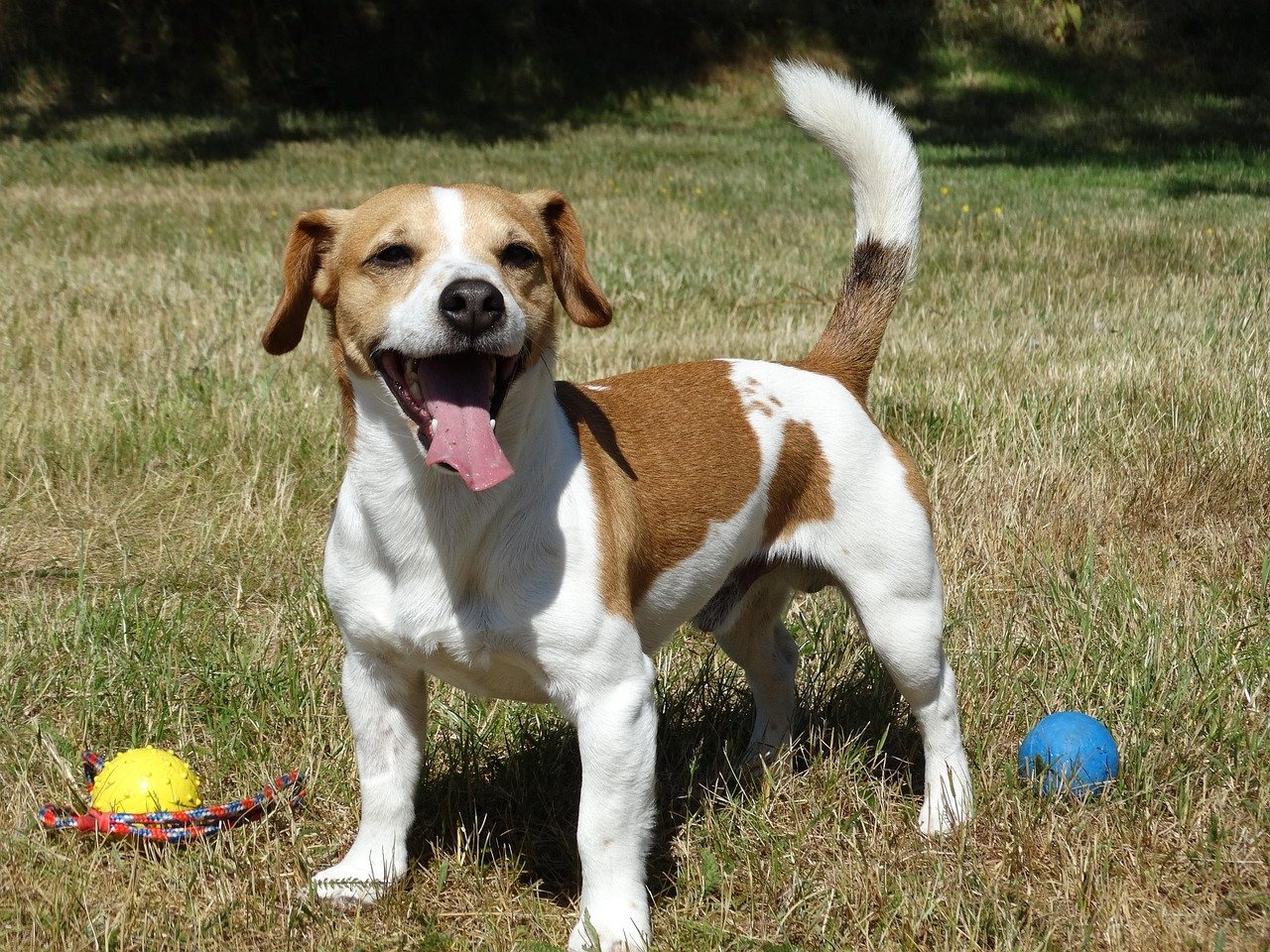
Jack Russell Terriers are lively, intelligent, and highly energetic dogs that possess a strong prey drive and may exhibit stubborn tendencies, requiring consistent, patient training methods that utilize positive reinforcement and mental stimulation. These energetic terriers are as clever as they are stubborn, bred to hunt small prey like foxes, so they often act like they’re on their own mission and do best with structured routines and plenty of exercise.
Imagine a furry rocket scientist with ADHD and you’ll understand the Jack Russell mindset. These dogs are brilliant problem-solvers who will figure out seventeen different ways to get what they want while you’re still trying to get their attention. They need jobs to do – mental challenges that engage their hunting instincts in positive ways.
Bullmastiff: The Gentle Giant With Opinions
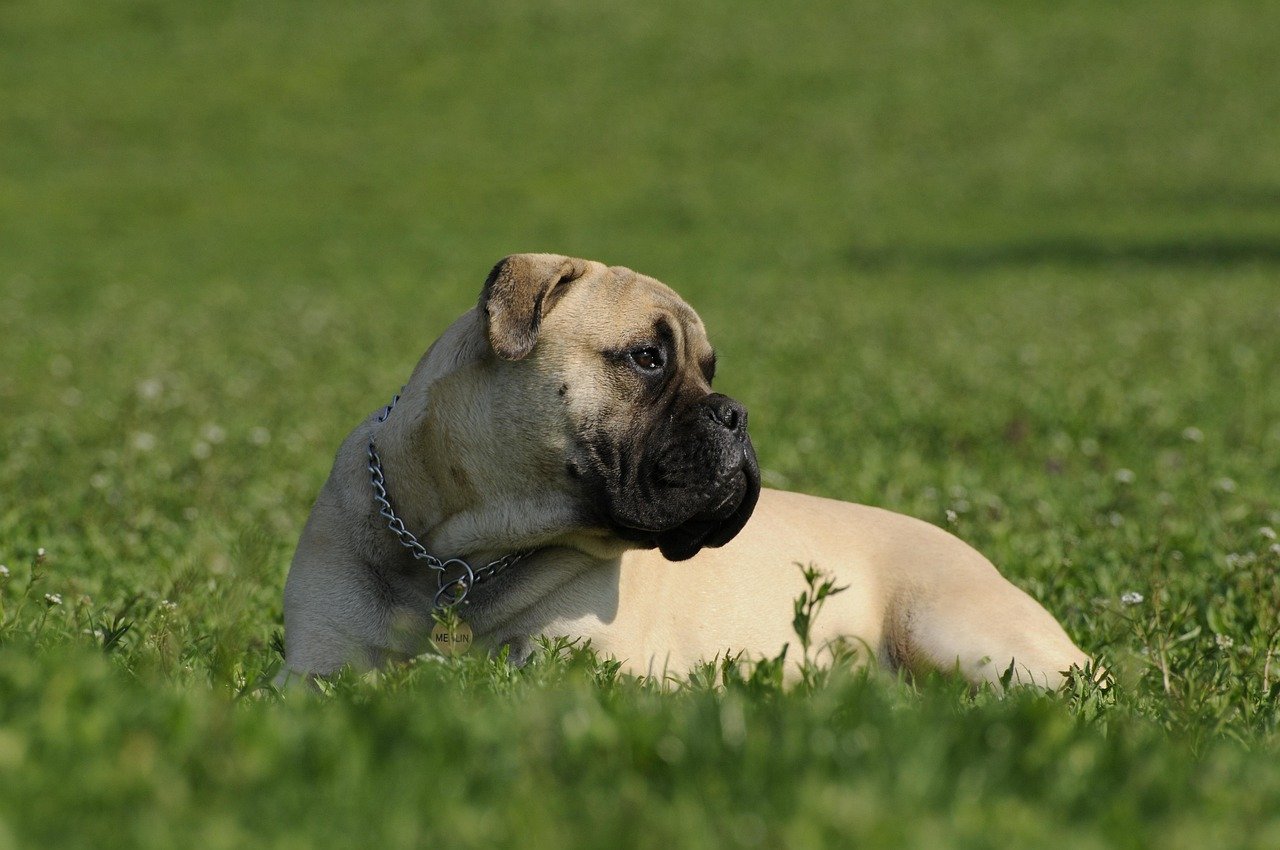
For all their family-oriented loyalty, bullmastiffs are no pushovers and can be independent thinkers, which can make training a challenge. These estate guardians are independent thinkers whose confidence and size can make them challenging to train, but with consistency, they’ll enjoy learning something new.
Training a Bullmastiff can be challenging because they have a willingness to please themselves rather than their owners, so making them think target behaviors are their own idea helps them learn faster. They can be stubborn and difficult to train if not approached correctly, but with patience, consistency, and the right training methods, they can be well-behaved and obedient companions. These massive sweethearts need early training before they reach their full size – it’s much easier to train a fifty-pound puppy than a hundred-and-thirty-pound adult!
Beagle: The Nose-Led Detective
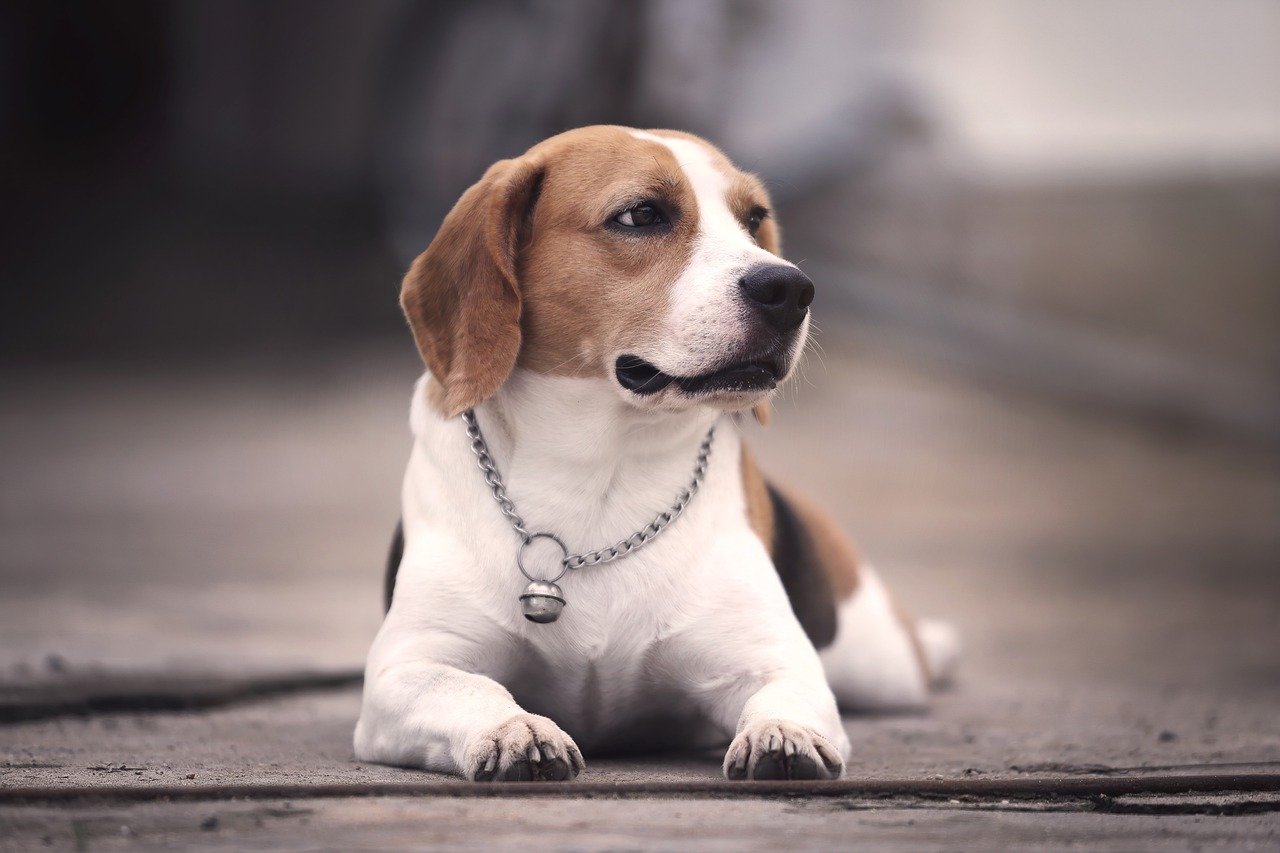
Beagles have a nose for everything – literally – and their exceptional sense of smell often leads them to be easily distracted by scents, making training a challenge, and most Beagles have high energy levels which makes them hard to train. Another scent hound, the Beagle is friendly, loving, and notoriously difficult to train.
Training a Beagle is like trying to have a conversation with someone who’s constantly getting text messages. Their noses are their primary decision-makers, and when they catch an interesting scent, your voice becomes background noise. The key is working with their natural instincts rather than against them – make training sessions more interesting than whatever they’re smelling!
English Bulldog: The Stubborn Couch Potato
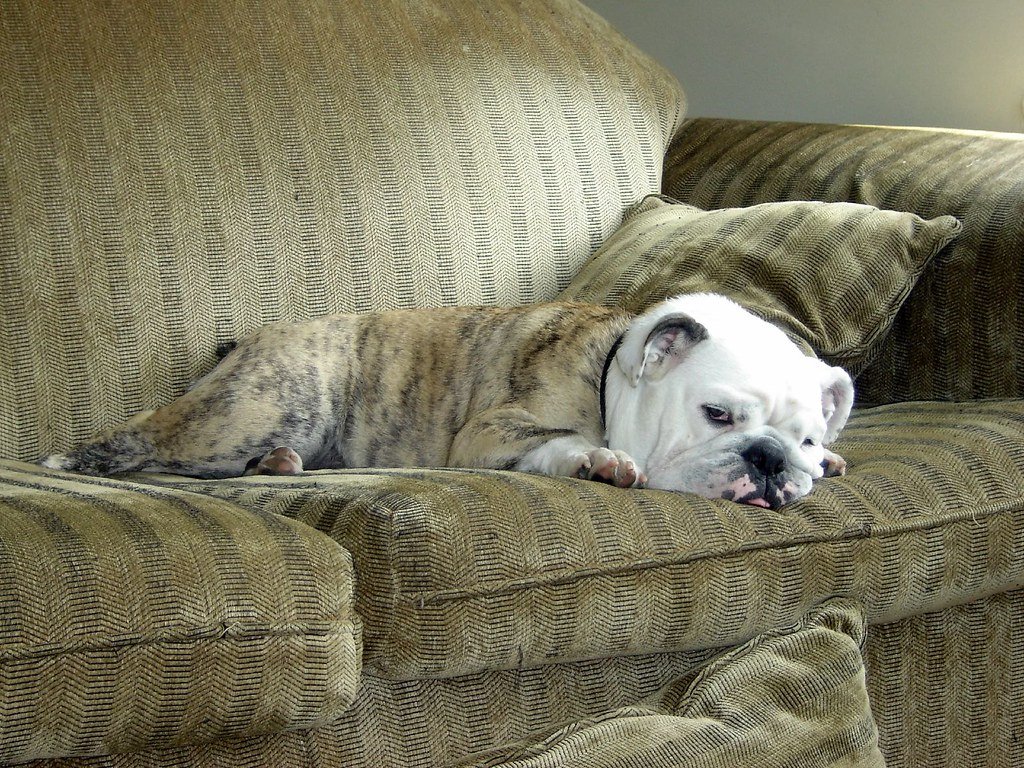
There’s no mistaking an English Bulldog with their squat, heavily-muscled body and square-jawed head that cuts quite the imposing figure, and while friendly and generally eager to please, they can be quite resolute if the mood pleases them. The Bulldog may seem lazy, but don’t mistake that for obedience – these dogs can be willfully slow to respond, though their stubborn tendencies are softened by their sweet nature.
Picture trying to motivate someone who’s perfectly content lying on the couch all day, and you’ll understand the Bulldog training challenge. They’re not being difficult out of spite – they genuinely don’t see the point in rushing through life. Short, positive training sessions with plenty of treats work best, and never try to train them when it’s hot outside.
Dalmatian: The Spotted Showstopper
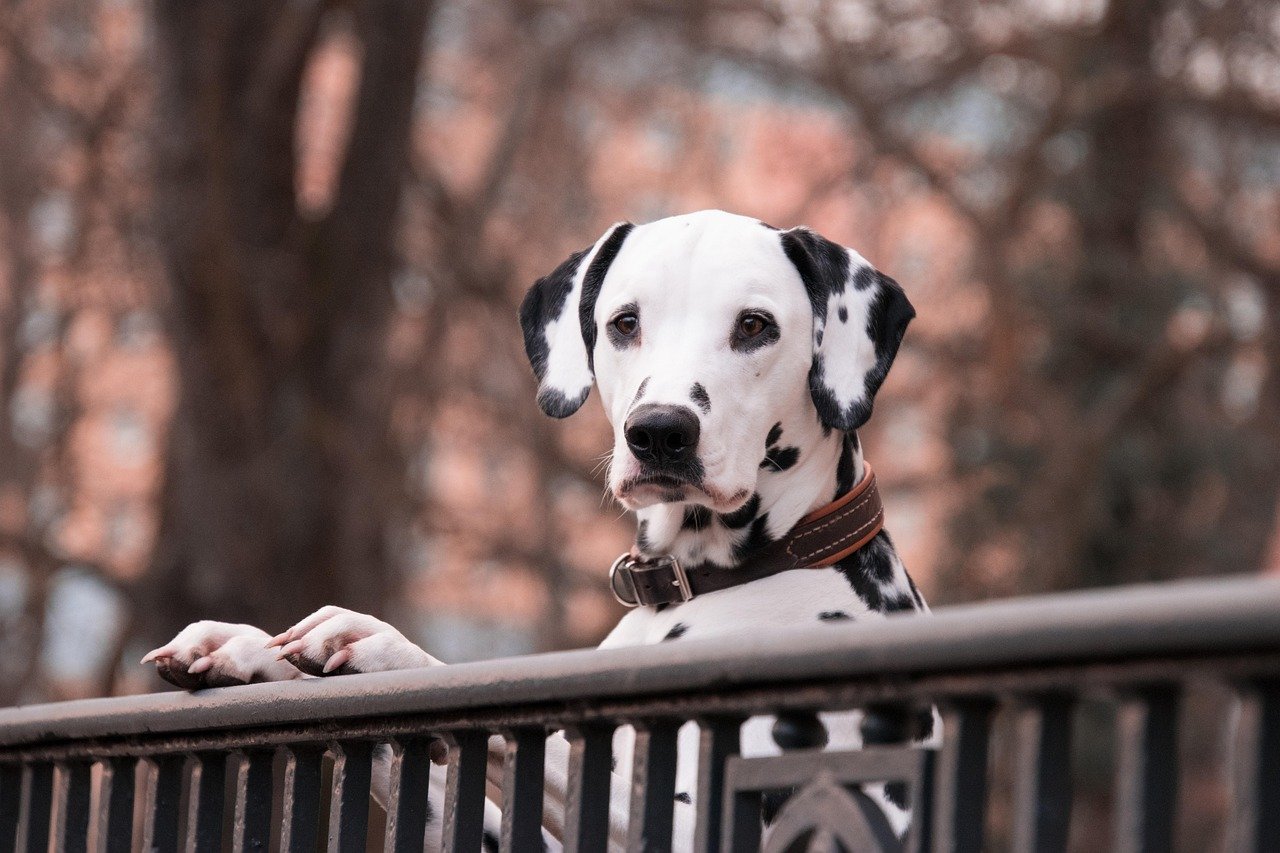
Dalmatians are energetic and intelligent dogs but can also be headstrong and stubborn, requiring consistent training, early socialization, and plenty of physical exercise, with positive reinforcement combined with mental stimulation helping keep them focused and engaged. Despite their extrovert personality, these dogs with unique white coats spotted with dark marks can have minds of their own and be challenging to train, needing constant activities and exercise to stimulate their mind and body.
These spotted beauties are like that friend who’s incredibly smart but gets bored easily and starts causing trouble. Originally bred to run alongside horse-drawn carriages, they have energy for days and need mental challenges to keep them engaged. A tired Dalmatian is a trainable Dalmatian – remember that equation for success.
Pekingese: The Royal Rebel
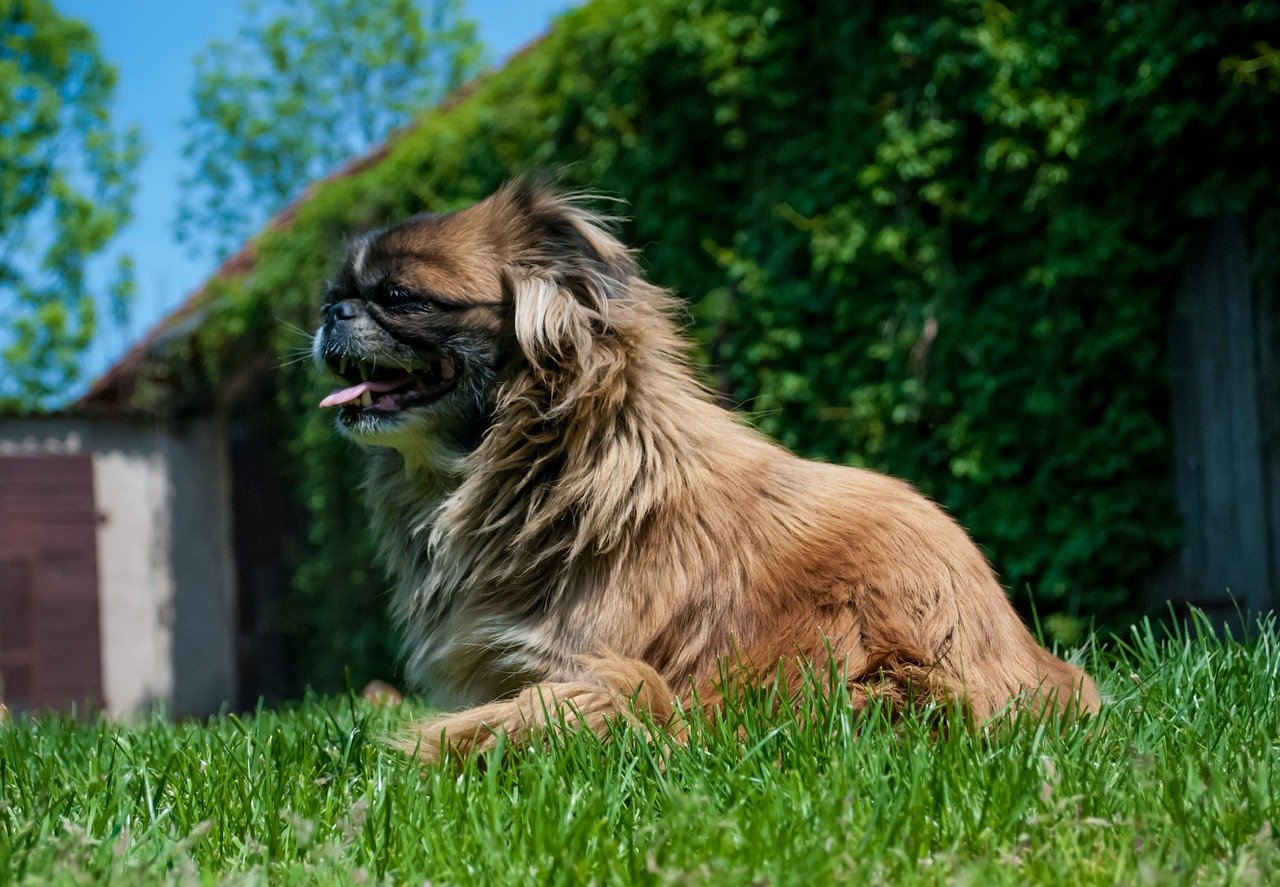
Pekingese are known for their independent and sometimes stubborn nature, which can make them more challenging to train compared to some other breeds, but with patience, consistency, and positive reinforcement, they can learn to follow commands. The Pekingese breed is known for its unique blend of intelligence, stubbornness, and independence, possessing an alert and dignified personality, and while intelligent, they exhibit a stubborn streak that might pose challenges in training.
While devoted, this pup has a mind of their own and can be strong-willed, presenting as stubbornness particularly during training sessions, requiring an owner who can be persistent, patient, and firm. These little lions think they’re still living in the Imperial Palace and expect to be treated accordingly. They’ll train beautifully – once they decide you’re worthy of their cooperation!
Shiba Inu: The Japanese Independent
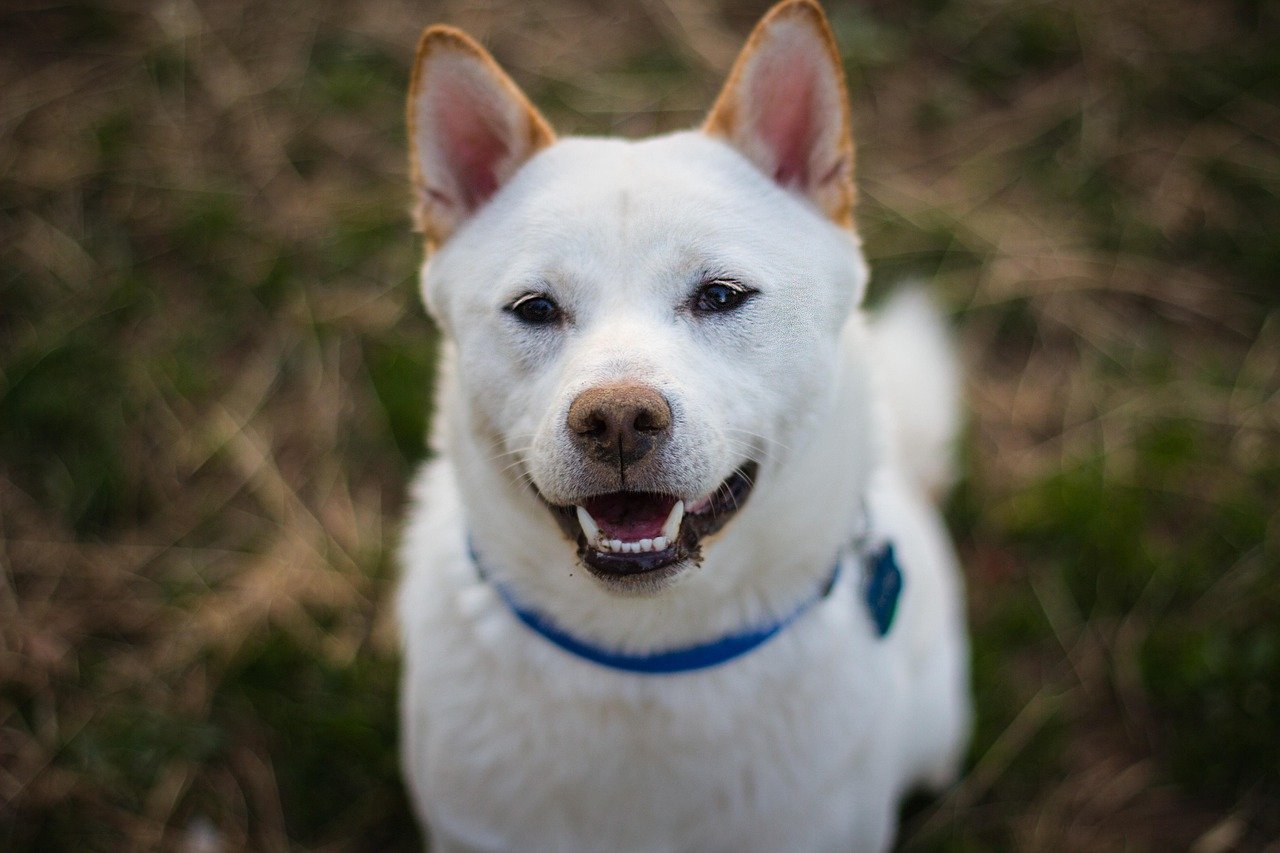
The American Kennel Club has said the Shiba is, in many ways, more like a cat than a dog, and these small, good-natured dogs are fiercely independent and notoriously difficult to train. Shiba Inus are known for their strong-willed nature and independent thinking, are intelligent but can be aloof and stubborn, and training should be approached with positive reinforcement, consistency, and firmness.
If you’ve ever tried to convince a cat to do something it doesn’t want to do, you’ll understand the Shiba Inu challenge perfectly. This small breed originally from Japan should be on any list of most stubborn dog breeds because of their bold and independent personality, being highly disobedient and needing consistent and assertive training techniques. They’re incredibly intelligent but will only cooperate when they see the benefit for themselves. Think of training as a negotiation rather than giving orders.
Conclusion
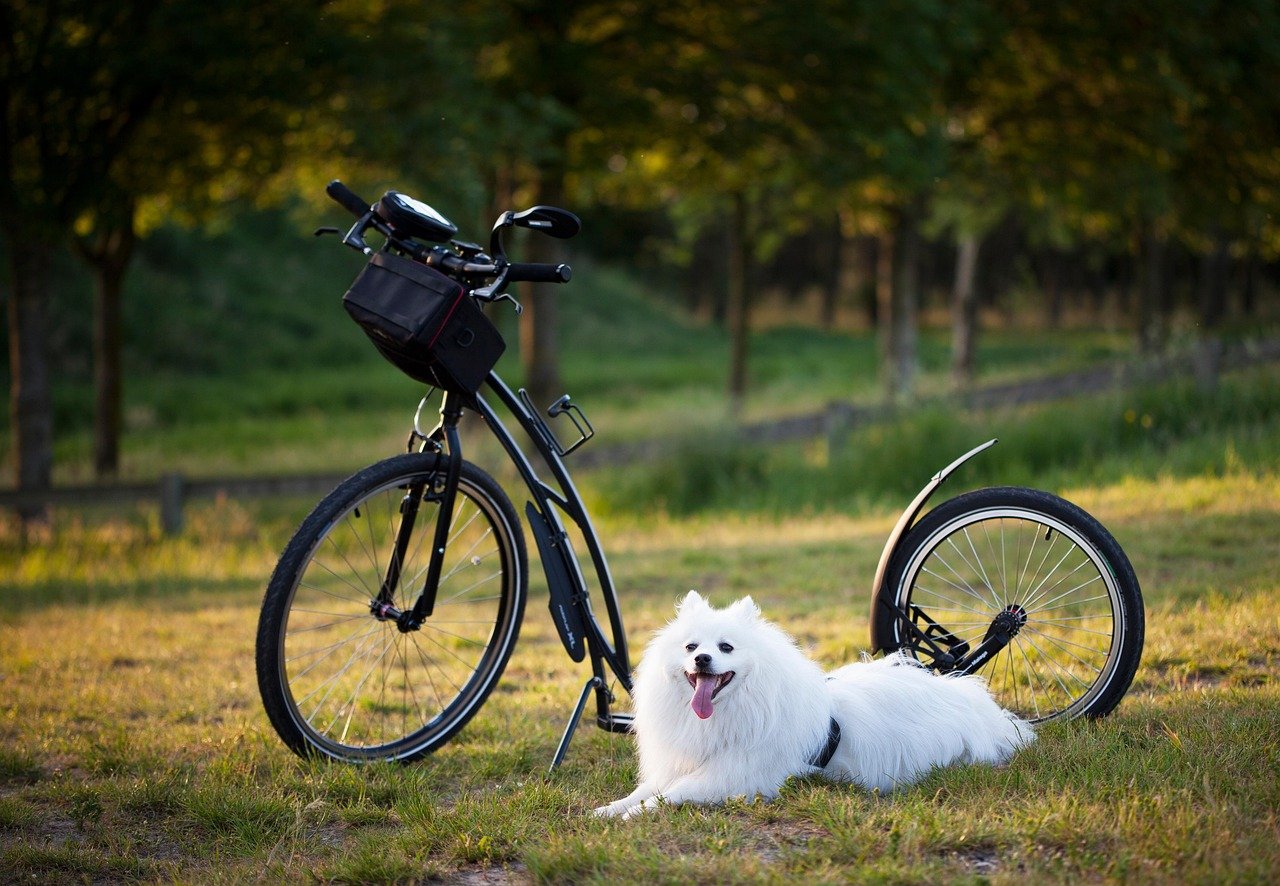
Training these wonderfully stubborn breeds isn’t about breaking their spirit or forcing compliance – it’s about understanding their unique personalities and working with their natural instincts rather than against them. While these breeds are renowned for being the hardest dogs to train, there is no untrainable pup – they just require more dedication, patience, and perseverance, and training a stubborn dog can actually prove more rewarding.
Remember that behind every stubborn behavior is often a dog that was bred to think independently, solve problems, and make decisions. These traits that make them challenging to train are the same qualities that make them incredibly loyal, intelligent, and fascinating companions. The key is patience, consistency, and understanding that some dogs march to the beat of their own drum – and that’s exactly what makes them so special.
Did you recognize your furry friend in this list? What challenges have surprised you most in your training journey?

Andrew Alpin from India is the Brand Manager of Doggo digest. Andrew is an experienced content specialist and social media manager with a passion for writing. His forte includes health and wellness, Travel, Animals, and Nature. A nature nomad, Andrew is obsessed with mountains and loves high-altitude trekking. He has been on several Himalayan treks in India including the Everest Base Camp in Nepal.






